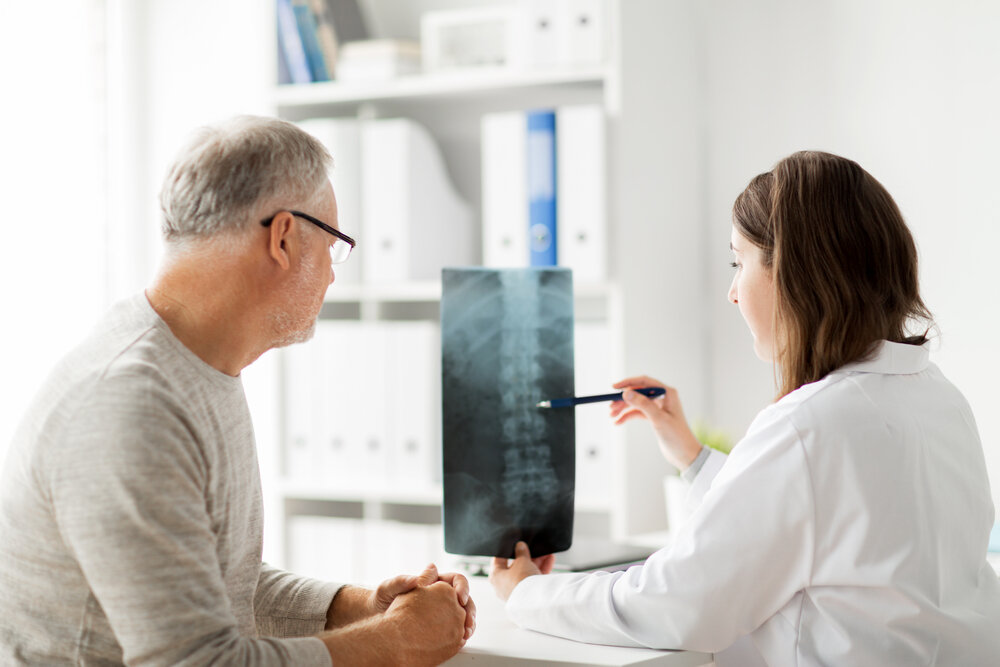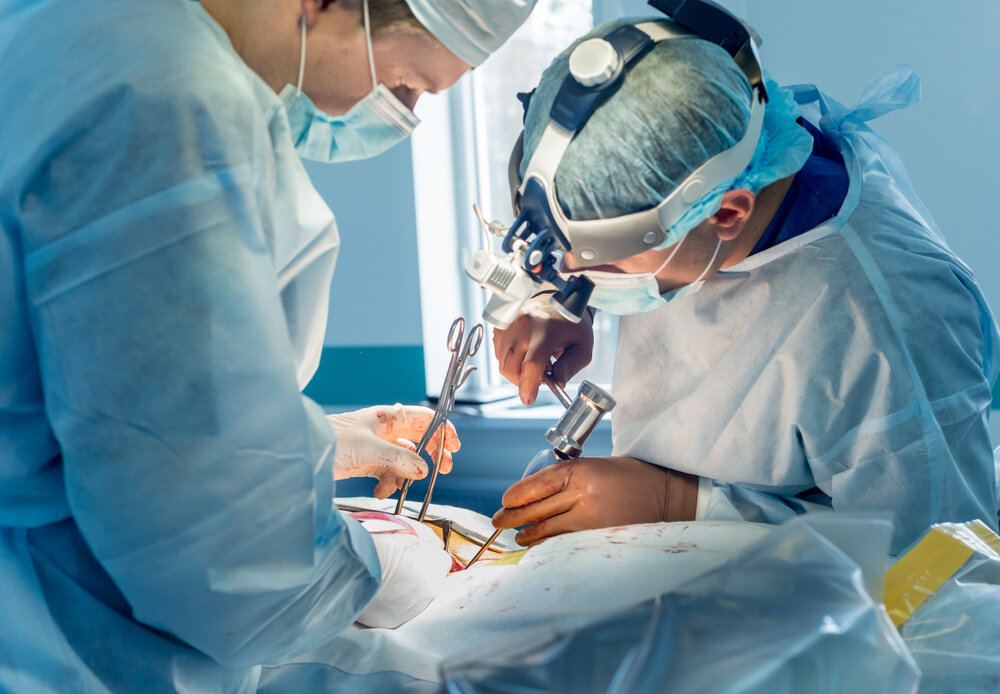Spine surgery was in its infancy back in the 1950s, and physicians were not always sure what caused back pain. Today, spine surgeons have progressed to the point that, with minimally invasive methods, many traditional decompression and stabilization procedures can be performed. For other forms of back-related surgery today, success rates are much higher, too. Also, certain causes of back pain that cannot be treated with surgery are available. Here is a closer look at a few things that can and cannot be resolved by spine surgery.

WITH THE SPINE STRUCTURAL ISSUES: SURGERY WIll REPAIR
Spine surgery may usually treat mechanical causes of back pain, which means that the bones or joints of the backbone have something structurally wrong. For instance, procedures requiring special cement and a surgical balloon may treat a spinal fracture that does not heal on its own (vertebroplasty or kyphoplasty).
NON-SPECIFIC LOWER BACK PAIN: SURGERY CAN'T REPAIR
Spine surgery is done only if a clearly defined source of pain is present. You can benefit from seeing a spine surgeon see whether a more precise pain source can be found if you have been diagnosed with non-specific lower back pain.

NERVE COMPRESSION: SURGERY Will REPAIR
If something is compressing a nerve root near the spine, when non-surgical treatment methods fail to provide relief, surgery will resolve the problem. A herniated disc, where the inner disc material moves outward and irritates a nearby nerve, is a typical example. Related nerve compression sources that can be surgically reversed include:
-
Nerve impingement caused by bone spurs
-
'Slipped discs' (spondylolisthesis)
-
In small areas of the spinal canal, nerve compression (spinal stenosis)
DEGENERATIVE DISC DISEASE: SURGERY CAN'T REPAIR
Lumbar fusion surgery, resulting from degenerative disc disease, may repair disc damage. Even so, there is little that can be done to stop the spinal discs' general age-related wear. The good news is that most individuals reach a point where, over time, the pain encountered decreases.
CYSTS AND TUMORS SPINAL: SURGERY SHOULD FIX
It is possible to surgically extract certain spinal growths in the form of cysts or tumors. Fusion surgery can be performed to restore the stability of the spine if removal results in instability.
INJURIES TO SPINAL CORD: CANNOT REPAIR SURGERY
With surgery following a spinal cord injury, damage to the spine may often be minimal. Surgery, however, does not restore damage to the spinal cord itself that is already done.
SCOLIOSIS: Will Repair SURGERY (TO SOME EXTENT)
When the degree of misalignment is serious, a sideways curvature of the spine only requires surgical intervention. Surgery may prevent the condition from getting worse, but it is not always possible to restore the spine's natural form.
SMOKING-RELATED DAMAGE: CAN'T REPAIR SURGERY
The chemicals in cigarette smoke can damage the tissues around the spine over time, resulting in decreased blood flow that often leads to back pain. Surgery will not repair this form of harm, but after you stop smoking, you can benefit from adjusting your diet and having more exercise.
BACK SURGERY FAILED: SURGERY Will REPAIR (SOMETIMES)
A second operation may be more effective than what was first attempted. However, this is only the case if, after your initial operation, a correct diagnosis of the cause of your pain is made.
Unless there is any sort of medical urgency, surgery is rarely the first attempt at treatment. Patients are typically advised to try different types of physical therapy, including applications of heat and ice and personalized workout schedules, along with the alteration of tasks. It may also be worth exploring alternative therapies such as electrotherapy and acupuncture, especially if the cause of your pain can not be handled with minimally invasive spinal surgery.
Call us at Neuroscience Specialist for spine surgeons in OKC. For other spine and bone, health problems see us.
**Disclaimer- Information presented here is not intended to be qualified medical advice. Nothing expressed herein creates a doctor-patient relationship.

